Choosing the Right Non Combustible Fencing Material for Your Property
Learn about different non-combustible materials available for fencing and how to choose the best option based on durability, aesthetics, and local building codes.
Choosing the Right Non Combustible Fencing Material for Your Property
Introduction
In recent years, there has been a growing awareness of fire safety in residential and commercial properties. Non-combustible fencing materials are increasingly sought after as they offer a higher level of protection against fire hazards. This article serves as a comprehensive guide to help you choose the right non-combustible fencing material for your property. We will explore three popular options: metal, concrete, and composite materials, discussing their advantages and disadvantages, and providing tips on how to match these materials with your property’s style and local regulations.
Metal Fencing
One of the most durable and aesthetically pleasing options for non-combustible fencing is metal. Common types include steel and aluminum, both of which can be treated or coated to enhance durability and appearance. Steel fencing offers robustness and longevity but may require more maintenance due to rusting. Aluminum, on the other hand, is lighter, more resistant to corrosion, and requires less maintenance. Metal fences come in various styles, from modern and sleek designs to more traditional wrought iron patterns, making it easy to find a design that complements your property’s aesthetic.
Pros: High durability, resistance to fire and pests, customizable designs.
Cons: Higher initial cost compared to some other materials, potential need for maintenance (especially steel).
Concrete Fencing
Concrete fences provide a solid barrier that is highly resistant to fire, weather, and vandalism. They are often used in industrial settings but can also be suitable for residential properties, especially in areas prone to wildfires. Concrete fences can be made to look like stone or brick, offering versatility in terms of appearance. However, they are heavy and may require specialized installation, adding to the overall cost. Additionally, they do not offer much flexibility in customization, limiting the ability to alter the fence’s appearance once installed.
Pros: Extremely fire-resistant, durable, low-maintenance.
Cons: Heavy and difficult to install, limited customization options, higher upfront costs.
Composite Fencing
Composite fencing combines wood fibers with plastic resins to create a material that is both strong and resistant to fire, rot, and insect damage. It offers a natural wood-like appearance while requiring minimal maintenance, such as occasional cleaning and sealing. Composite fences are available in a variety of styles and colors, allowing homeowners to match them with their property’s aesthetic. While they are more expensive than wood, they are generally less costly than metal or concrete options and offer better resistance to environmental factors.
Pros: Fire-resistant, durable, low-maintenance, customizable designs.
Cons: Higher initial cost, less flexibility in design changes post-installation.
Tips for Matching Materials with Property Style and Regulations
When choosing a non-combustible fencing material, consider the style and character of your property. For example, a modern home might benefit from sleek metal or composite fences, while a traditional house could look better with a concrete or wooden fence. Additionally, check local building codes and regulations regarding fencing materials and heights. Some areas may have specific requirements based on fire safety standards or neighborhood aesthetics.
Conclusion
Selecting the right non-combustible fencing material is crucial for enhancing both the safety and appearance of your property. Whether you opt for metal, concrete, or composite materials, each option comes with its own set of benefits and drawbacks. By considering factors such as durability, maintenance needs, and aesthetic compatibility, you can make an informed decision that meets your property’s unique requirements.
Reference
Fire Prevention Association – Choosing the Right Fence Material for Your Property
Baoding Plastroy WPC Products
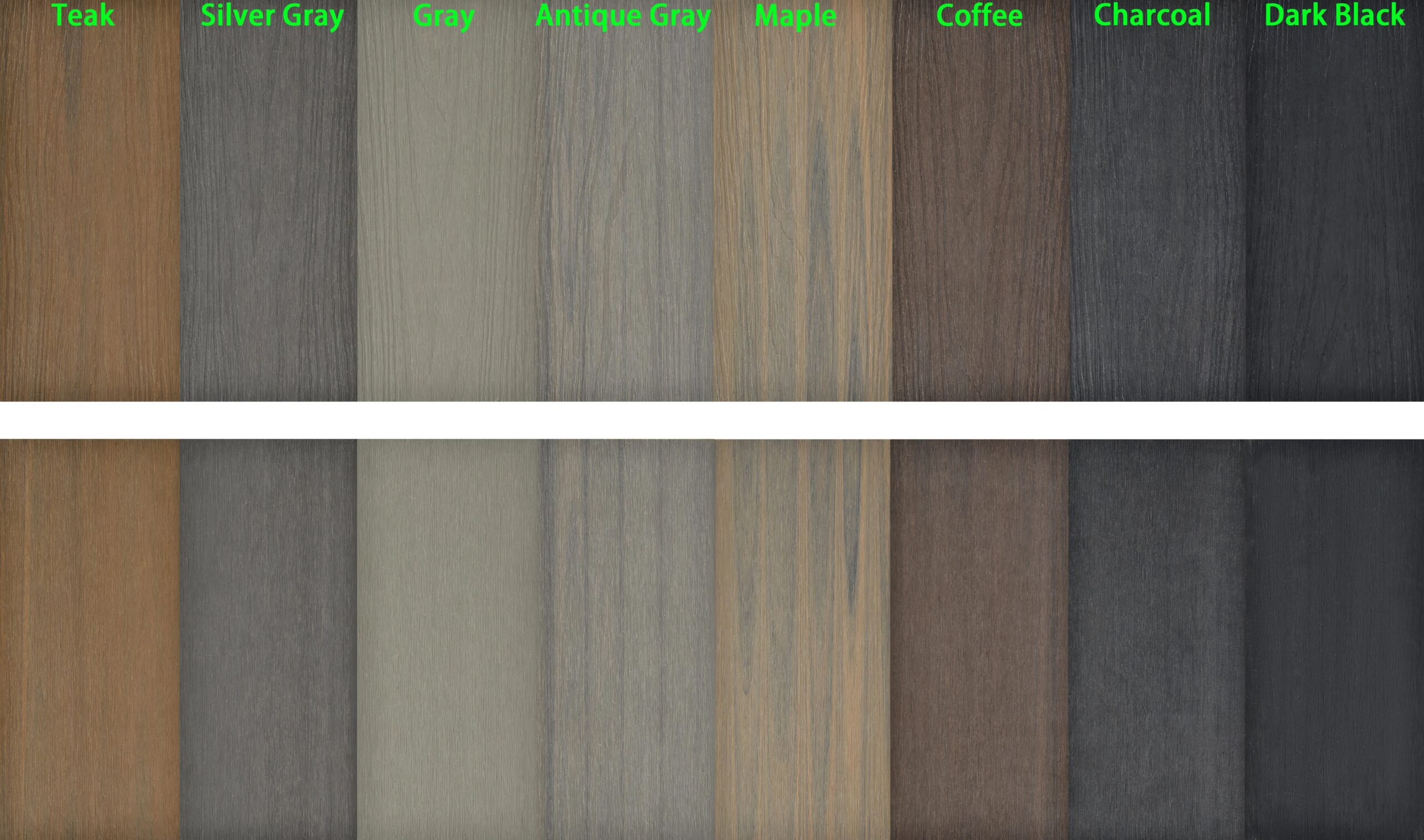
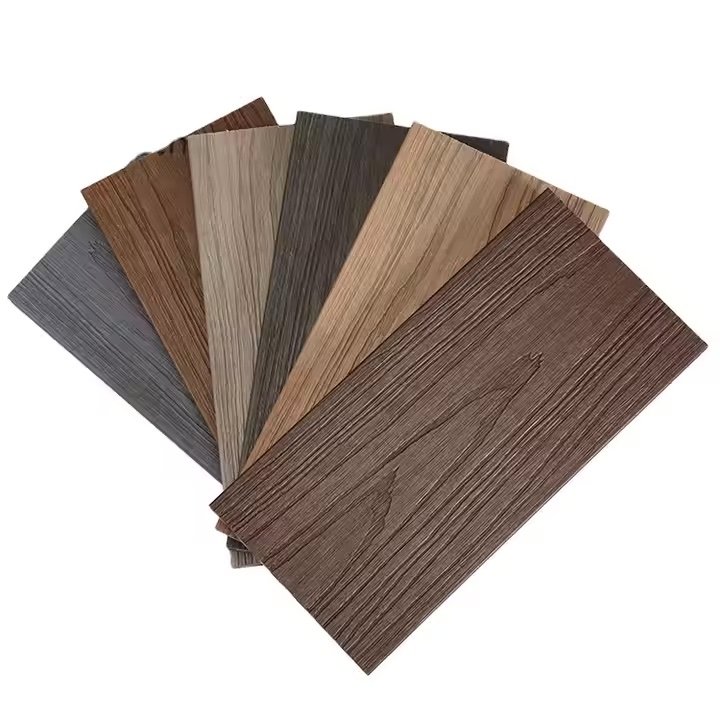
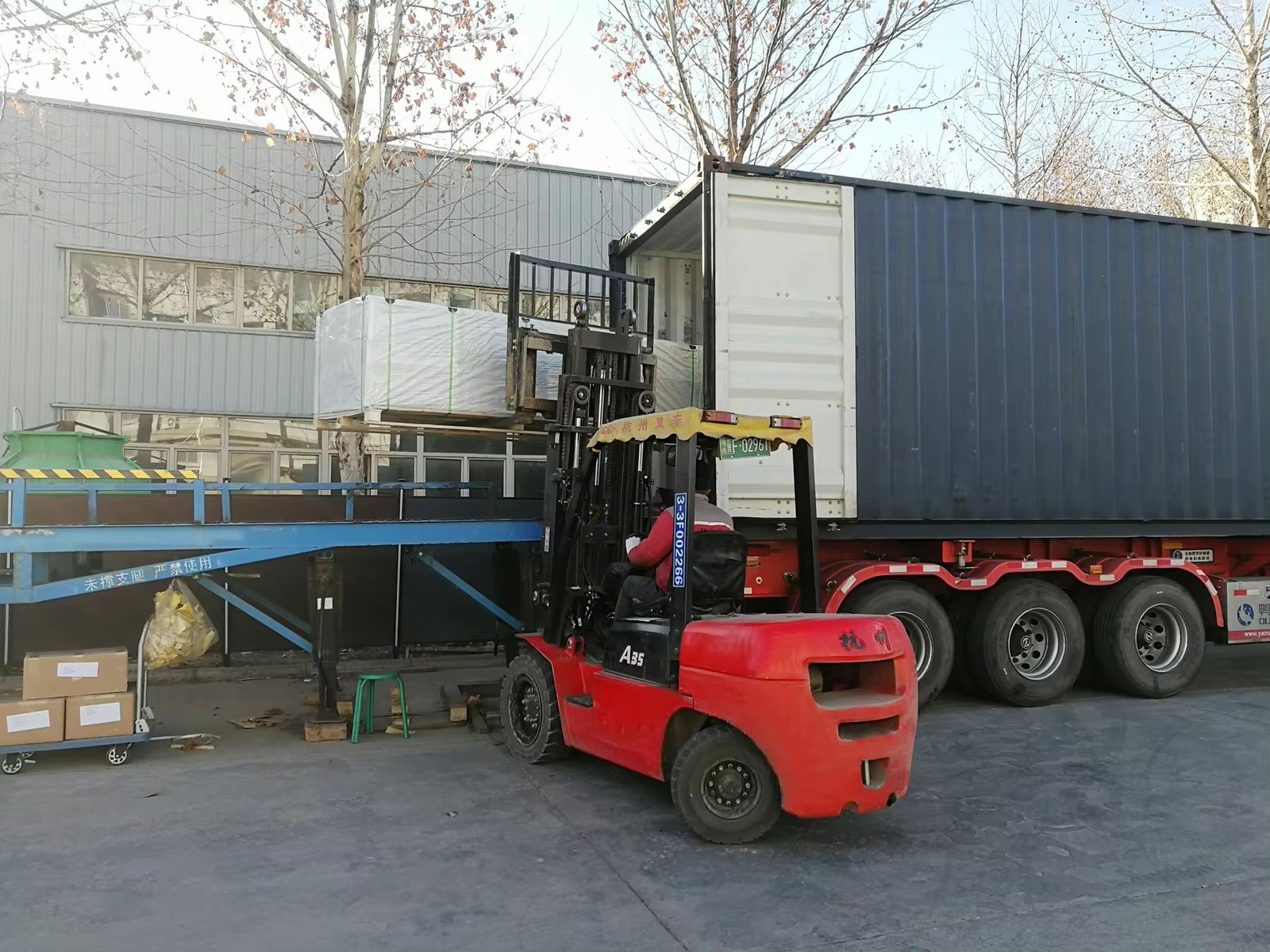
Why Choose Plastory?
Baoding Plastory New Materials Co., Ltd. is a manufacturer of decorative materials with over 9 years of experience and 56 separate production lines.
Currently, our annual production exceeds 30,000 tons, with products exported to more than 50 countries worldwide.
Plastory is the drafting unit of the WPC National Standards and has obtained certifications such as REACH, ASTM, CE, and FSC. Plastory is dedicated to maintaining consistent quality, focusing on details, and prioritizing customer satisfaction.
Our factory is located in Baoding, Hebei Province, China, with a prime location and convenient transportation access. Baoding is approximately a 1.5-hour drive from Beijing Capital International Airport and just 2 hours away from Tianjin Port, making it easy for global clients to visit and facilitating efficient shipping of goods. Our facility spans a large area, equipped with advanced production equipment and modern testing facilities to ensure that every batch of products meets the highest quality standards.
We warmly welcome clients from around the world to visit our factory, where you can see our production processes firsthand and experience our product quality. Please feel free to reach out to us—we are committed to providing you with the best products and services.
Kindly get in touch with us to request a product catalogue.

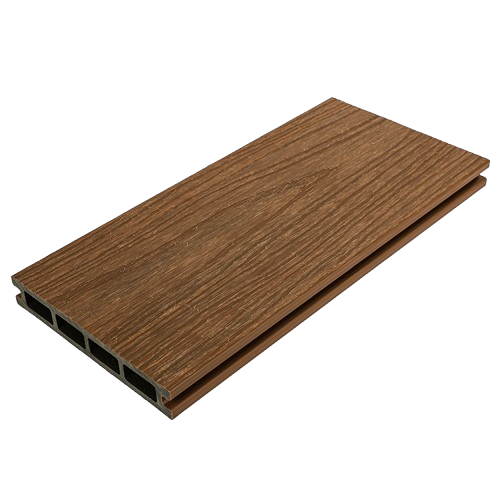
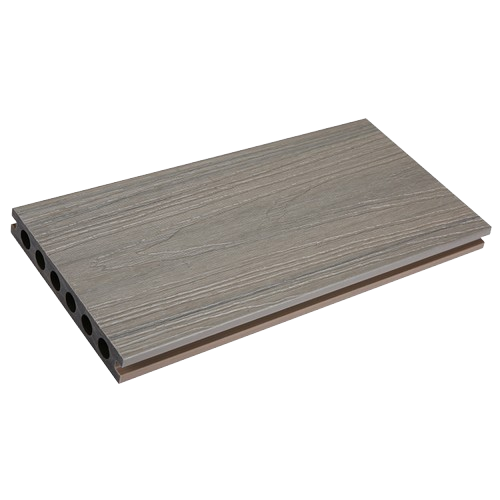
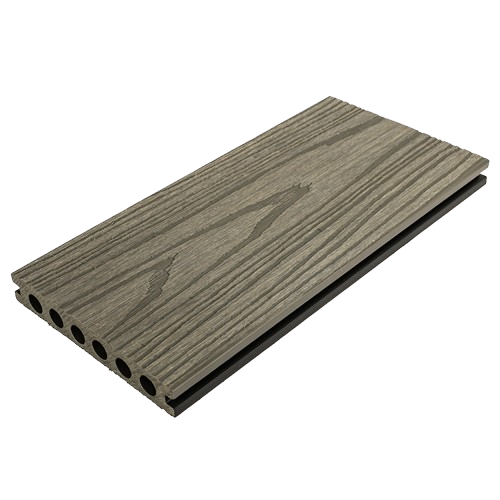
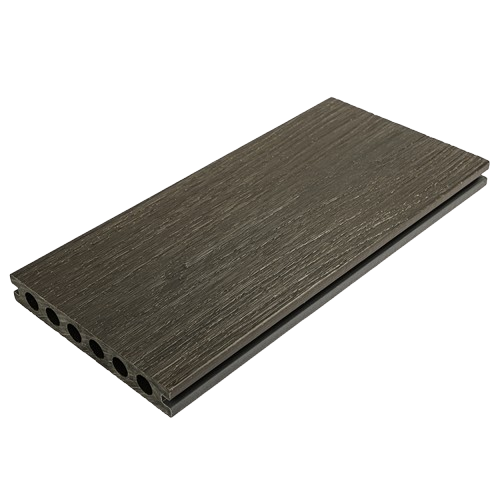
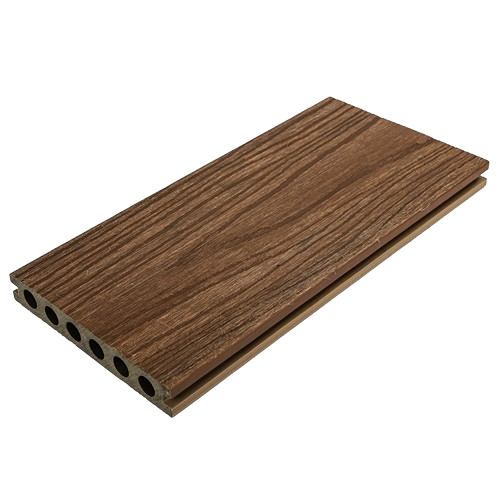
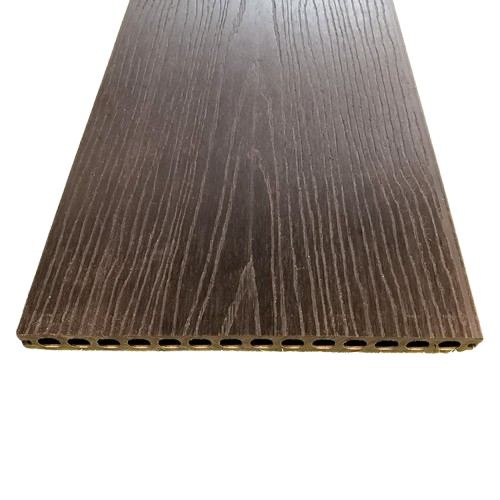
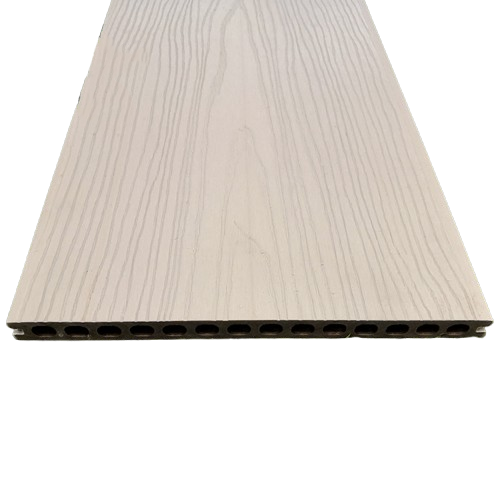
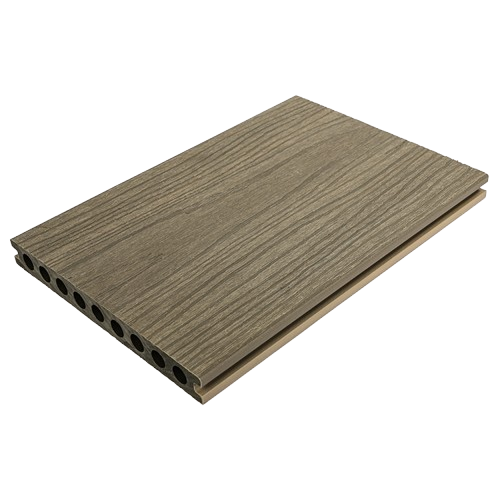
Reviews
There are no reviews yet.